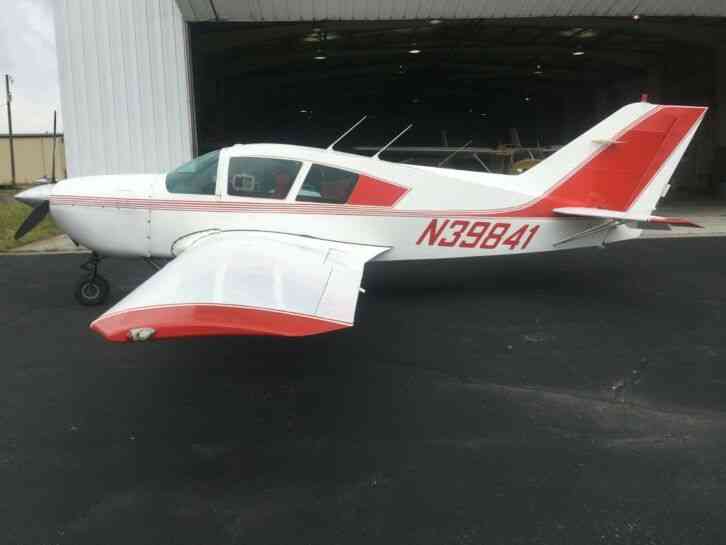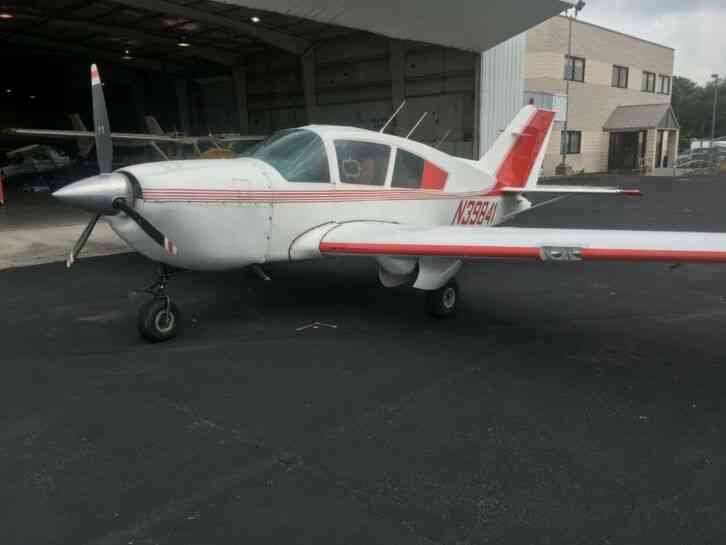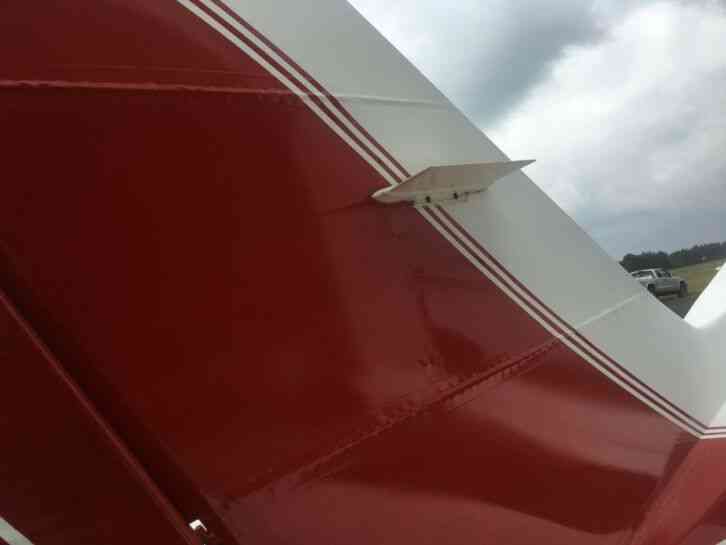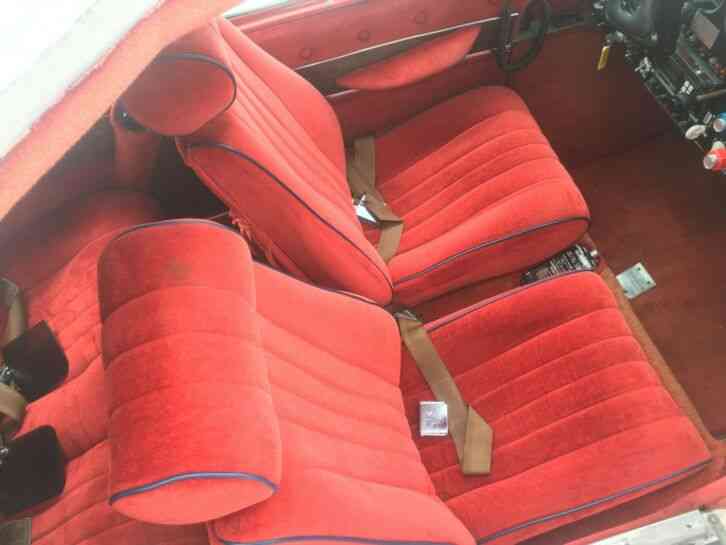Bellanca vIKING 17 30A 1972 Nice 1972 Super Viking 17 30A, Continental IO 520K. Annual 4 19, 2126 TT.
Item specifics
| Condition: | Used | Make: | Bellanca vIKING 17-30A |
| Model Year: | 1972 |
General characteristics Crew: 1 Capacity: 3 passengers Length: 26 ft 4 in (8.03 m) Wingspan: 34 ft 2 in (10.41 m) Height: 7 ft 4 in (2.24 m) Wing area: 161.5 sq ft (15.00 m2) Airfoil: Bellanca B Empty weight: 2,217 lb (1,006 kg) Max takeoff weight: 3,325 lb (1,508 kg) Fuel capacity: 60 US gal (50 imp gal; 230 L) usable fuel (normal), 75 US gal (62 imp gal; 280 L) with auxiliary tanks Powerplant: 1 × Continental IO-520-K air-cooled flat-six engine, 300 hp (220 kW) Propellers: 2 or 3-bladed McCauley constant-speed propeller, 6 ft 8 in (2.03 m) diameter Performance Cruise speed: 188 mph (303 km/h, 163 kn) (TAS, 75% power, max. cruise) Stall speed: 70 mph (110 km/h, 61 kn) (wheels and flaps down, CAS) Never exceed speed: 226 mph (364 km/h, 196 kn) (IAS) Range: 923 mi (1,485 km, 802 nmi) (max. fuel) Service ceiling: 17,000 ft (5,200 m) Rate of climb: 1,170 ft/min (5.9 m/s) Takeoff run to 50 ft (15 m): 1,420 ft (433 m) Landing run from 50 ft (15 m): 1,340 ft (408 m)some excerpts from plane and pilot flight reportConstruction by hand has always been a key ingredient of the Bellancas that few other manufacturers could match. By definition, a wood-and-fabric airplane is constructed by hand. The Sitka spruce and mahogany plywood wings are lovingly assembled from 1,800 individual, pre-formed pieces, some as small as a matchbook.In fact, the wing has always been Bellanca’s primary claim to fame. A classic airfoil shape, the Viking’s smooth, seamless, 34-foot, Bellanca B wing is probably the closest thing in aviation to a work of art. Ask aircraft designers who truly understand light aircraft construction and performance, and they’ll tell you that, in many respects, Sitka spruce is a better material for building small- to medium-sized airframes than metal or composite materials.Wood has no memory, as does aluminum, so it’s highly resistant to dings. It’s also more resilient, willing to flex thousands of times without stressing or breaking, and it doesn’t delaminate under high temperature or repeated G-loads. Wood is lighter than metal (only about 250 pounds for a finished Viking wing) and offers an easily shaped, rivetless, aerodynamic surface that’s ideally adapted to a small aircraft wing.
Like most of us who own or have owned Bellancas for years, Breiman didn’t buy his airplane exclusively for looks. He bought it for the way it flies. Vikings and their predecessors have long been famous for control response and harmony that seems almost psychic in nature. Yes, Vikings do have plenty of other talents. They’re quick airplanes with abbreviated climb, they scamper across country at speeds near the magic 174 knots (200 mph) and enjoy good short-field numbers, but their primary claim to fame is their excellent roll rate, fast elevator response and a seeming ability to read their pilots’ thoughts.
The fun starts in a Viking the instant you push the throttle full forward for takeoff. Acceleration is among the best in the class (power loading is only 11.1 pounds/hp). The airplane is ready to fly in less than 1,000 feet at about 70 knots and transitions into an effortless 1,200-fpm climb, with hardly a pause to catch its breath.Vikings retract their main wheels straightforward into the thickest part of the wood wing, and double clamshell doors close over the tires to help smooth the underwing. Looking at the airplane head-on in flight, the fairings hang down a good six inches below the bottom wing surface, but cruise performance doesn’t seem adversely affected by the interruption. One benefit of the retraction system is that emergency gear extension is actually facilitated by the relative wind that helps push the wheels down and locked the second the pilot selects gear down and cracks open the clamshell doors. Brieman says his Viking’s best feature is simply its outstanding handling. “I love the way the airplane carves its way through a turn—you need only think about a heading or pitch change, and the Bellanca does it,” effuses Breiman.he Bellanca Super Viking also is one of the most individual of singles that are flying in the sky today. For Eric Breiman and pilots who are like him, who prefer style with their substance, there is nothing quite like a Bellanca Super Viking 300A.
Current date: 2019-11-24









